Over the decades, BMW has produced some truly inspiring coupes. How does the all-new BMW 4 Series Coupe build on the legacy of its forebears?
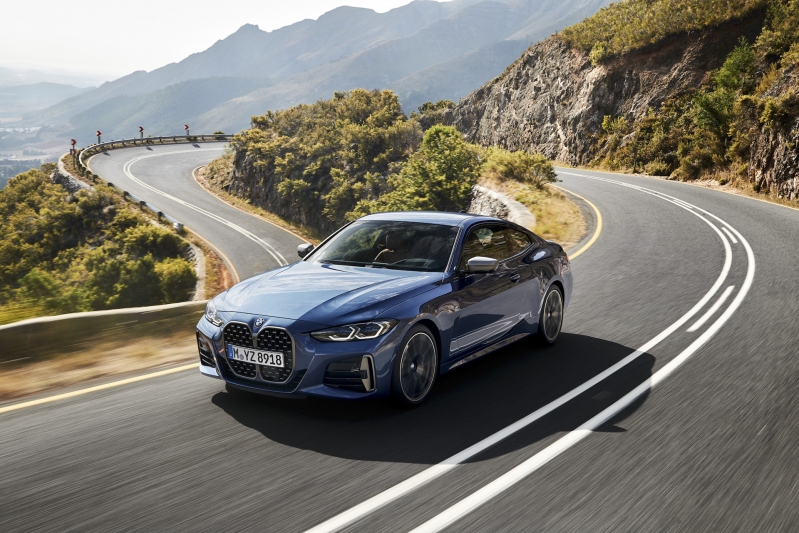
This is precisely what a sporty coupe should be. If it doesn’t excite, set tongues wagging or get fingers pointing, what’s the point?
Enthusiasts of all ages can name any number of BMW coupes that made cars and driving exciting for them. The iconic cars inspire even until this day. So what does the all-new BMW 4 Series Coupe have in common with some of its best-known predecessors?
328 – The Original
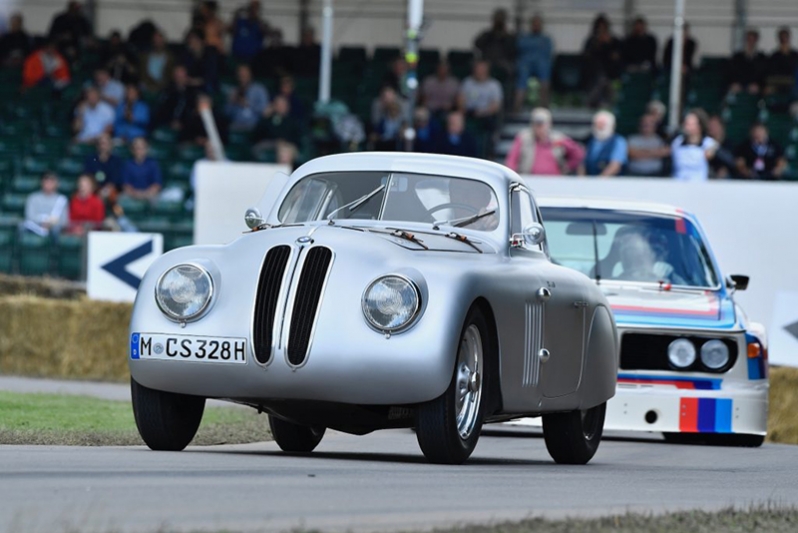
328 – The Original
This was the car that put BMW on the proverbial sports car map. On its debut at the Eifelrennen race at the Nurburgring in 1936, the 328 driven by Ernst Henne won its class, beating bigger, more powerful cars with supercharged engines as that was the trend then. Instead, the little 328’s lightweight construction and the consequent fuel efficiency of its M328 engine gave it the advantage to out-manoeuvre and outlast its burlier competitors.
The following year, the BMW 328 won more than 100 class wins. In the following years, victories in the world’s most prestigious races such as the Mille Miglia and 24 Hours of Le Mans, made it one of the most successful sports cars of the 1930s. In 1999, it was named as a finalist in the Car of the Century awards by an international panel of automotive journalists.
It is no coincidence that one of the 328’s most recognisable features is the large vertical kidney grille which influenced the design of the all-new BMW 4 Series Coupe. Like the classic 328, the fundamentals of weight and fuel efficiency are still core to the latest BMWs.
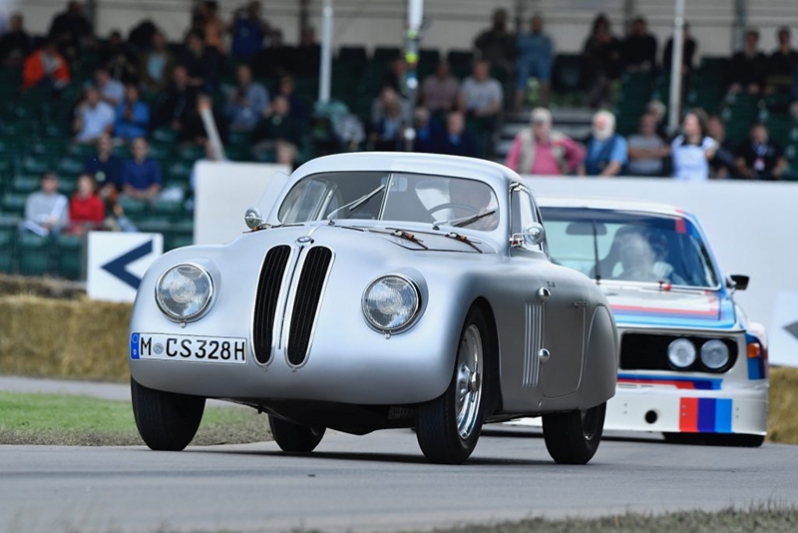
This was the car that put BMW on the proverbial sports car map. On its debut at the Eifelrennen race at the Nurburgring in 1936, the 328 driven by Ernst Henne won its class, beating bigger, more powerful cars with supercharged engines as that was the trend then. Instead, the little 328’s lightweight construction and the consequent fuel efficiency of its M328 engine gave it the advantage to out-manoeuvre and outlast its burlier competitors.
The following year, the BMW 328 won more than 100 class wins. In the following years, victories in the world’s most prestigious races such as the Mille Miglia and 24 Hours of Le Mans, made it one of the most successful sports cars of the 1930s. In 1999, it was named as a finalist in the Car of the Century awards by an international panel of automotive journalists.
It is no coincidence that one of the 328’s most recognisable features is the large vertical kidney grille which influenced the design of the all-new BMW 4 Series Coupe. Like the classic 328, the fundamentals of weight and fuel efficiency are still core to the latest BMWs.
E9 – The Style Icon
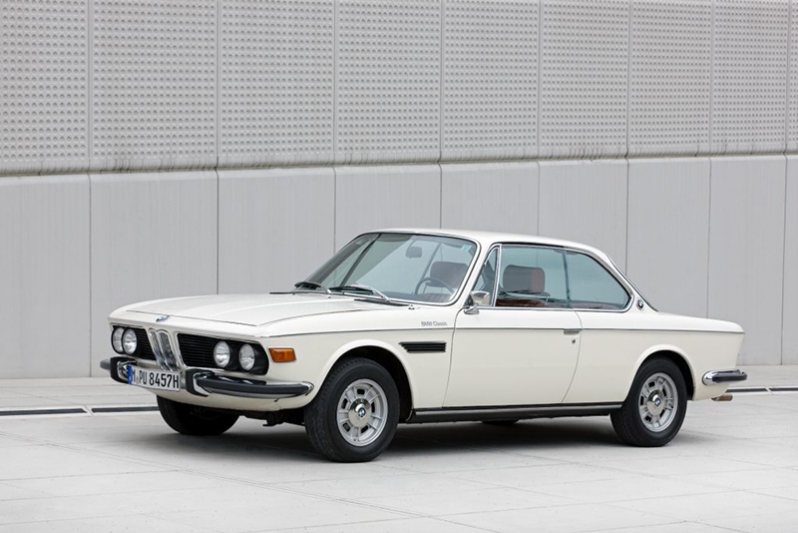
The BMW 3.0 CSI, year of manufacture 1973 – Exterior (07/2011).
This was the car that put BMW on the proverbial sports car map. On its debut at the Eifelrennen race at the Nurburgring in 1936, the 328 driven by Ernst Henne won its class, beating bigger, more powerful cars with supercharged engines as that was the trend then. Instead, the little 328’s lightweight construction and the consequent fuel efficiency of its M328 engine gave it the advantage to out-manoeuvre and outlast its burlier competitors.
The following year, the BMW 328 won more than 100 class wins. In the following years, victories in the world’s most prestigious races such as the Mille Miglia and 24 Hours of Le Mans, made it one of the most successful sports cars of the 1930s. In 1999, it was named as a finalist in the Car of the Century awards by an international panel of automotive journalists.
It is no coincidence that one of the 328’s most recognisable features is the large vertical kidney grille which influenced the design of the all-new BMW 4 Series Coupe. Like the classic 328, the fundamentals of weight and fuel efficiency are still core to the latest BMWs.
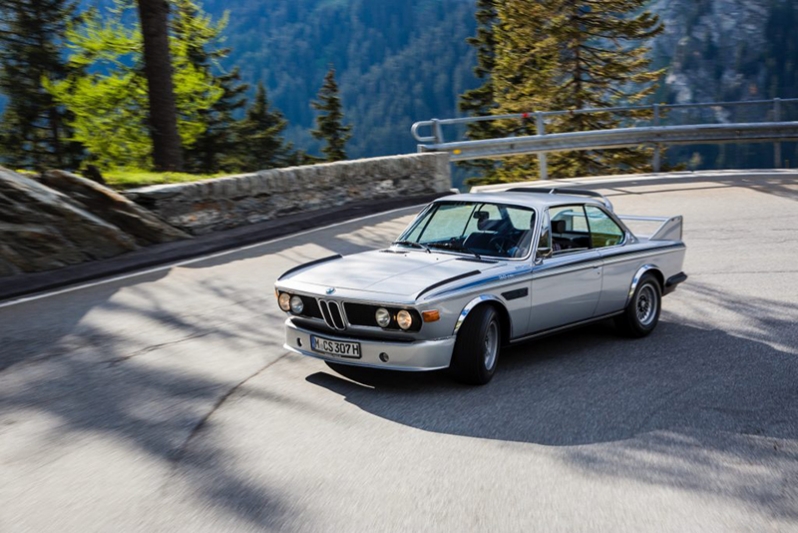
BMW 3.0 CSL with its wings and fins resembled the Cape Crusader’s ride at the time earning the nickname, ‘Batmobile’
It is no coincidence that one of the 328’s most recognisable features is the large vertical kidney grille which influenced the design of the all-new BMW 4 Series Coupe. Like the classic 328, the fundamentals of weight and fuel efficiency are still core to the latest BMWs. The clean lines and timeless design of the E9 led to it becoming the first of the BMW Art Cars. This started a tradition where renowned artists from all over the world use BMW cars as rolling canvases.
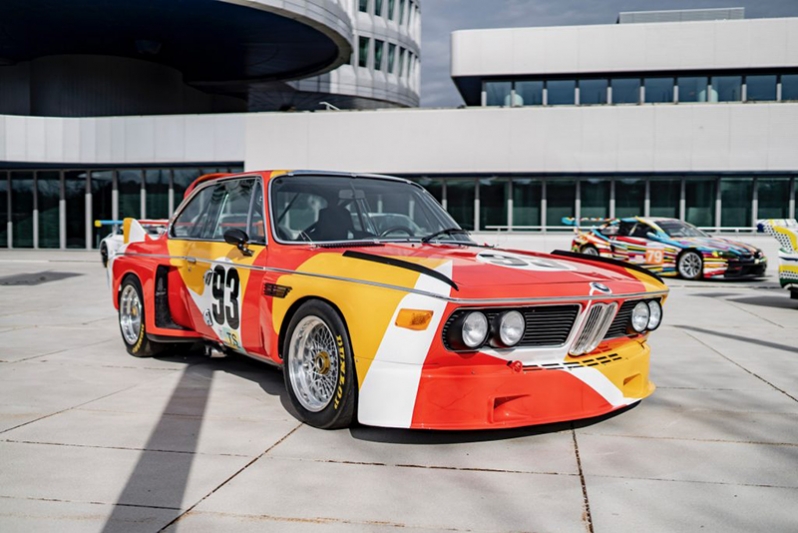
E24 – The Grand Tourer
The follow up model, to the E9 was the E24, also known as the first BMW 6 Series. This was the brand’s first grand touring coupe that was built as a luxury car from the outset by BMW.
Combining comfort and refinement with performance, these qualities continue to define what modern coupes like the new BMW 4 Series are all about.
As ever, design is also a big part of what made these coupes so iconic. The E24 had a 13-year production run, which was an unusually long time for any car model. This was a testament to its timeless design
Once again, the E24’s distinctive ‘sharknose’ double kidney grilles were vertically oriented, giving it a sleek profile.
G22 – The Disruptor
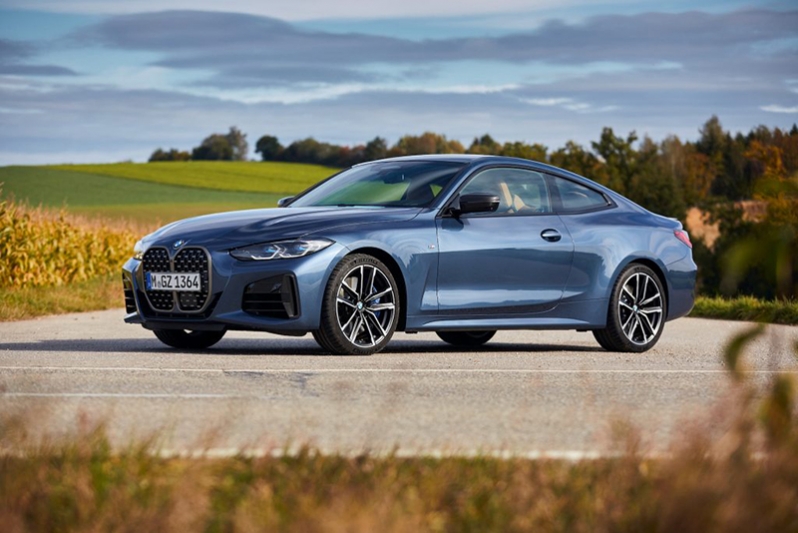
BMW’s latest coupe builds on the legacy of its predecessors; the large vertical grille clearly pays homage to the 328, the clean lines and driver-focused cabin of the E9, along with the comfort and refinement that started with the E24. These are just some of the iconic BMWs that have influenced the all-new BMW 4 Series Coupe. Who knows which future icons this car will inspire?
